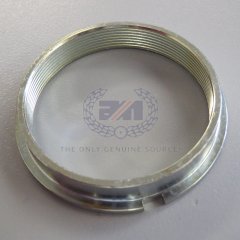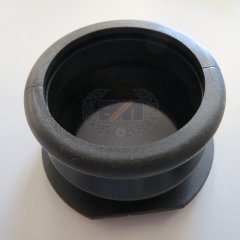- Joined
- Jan 1, 2017
- Messages
- 349
In the boxes I got with the Commando I bought several years ago were the old concentrics and the old ham can air cleaner. I have a vm-34 mikuni on it (came with). But had tuning problems which I dealt with. Came out alright. Lot's of fiddling, but that's what I enjoy. Anyway, I was considering new concentrics (and I know all the arguments, Mikunis vs Premiers. I've read about it on this site so often.). Or even rebuilding the old ones. But if I do go with new Premiers, will it be an instant fit? I'd like to chrome the air cleaner lattice and front and back plates as well. I think that would look really nice.


